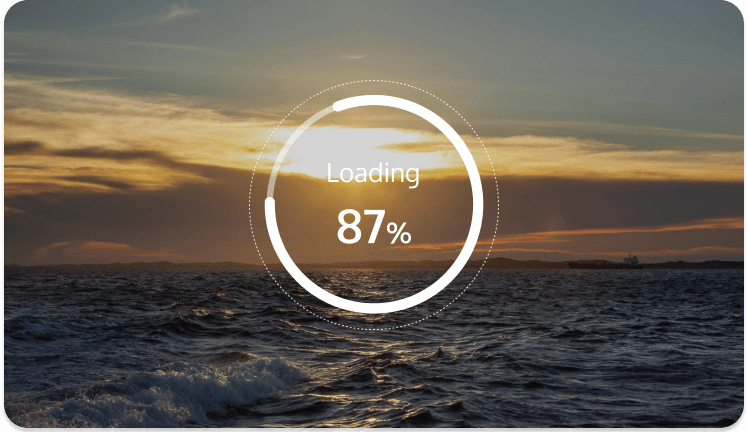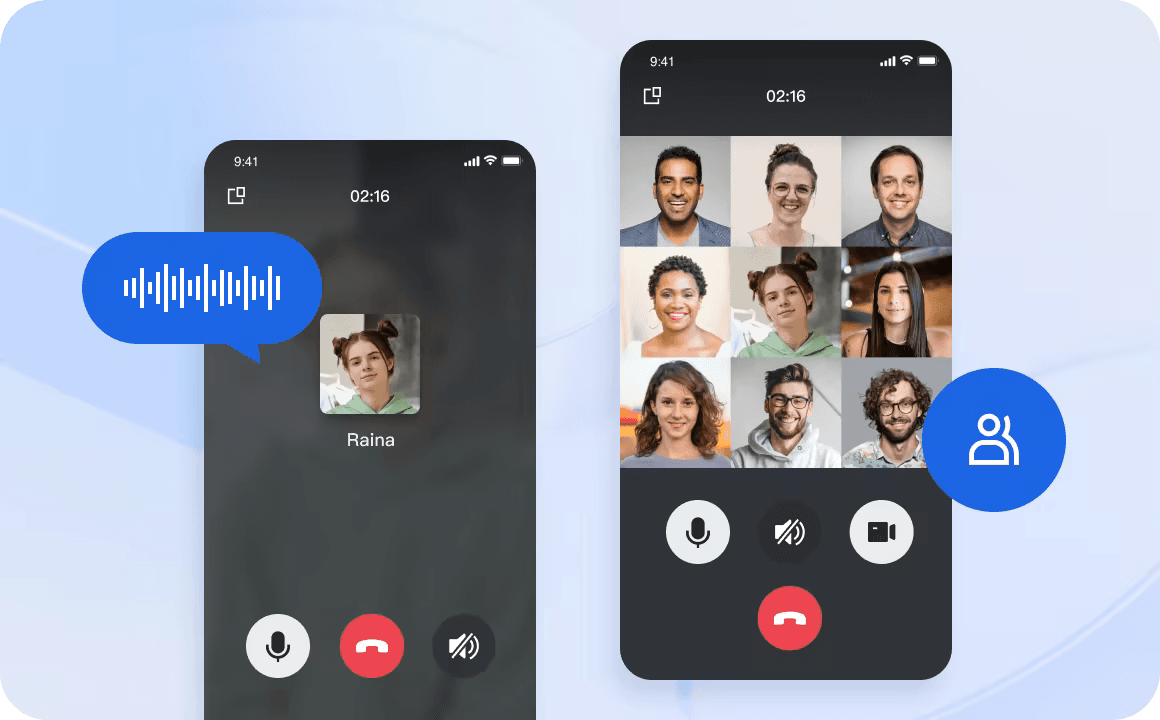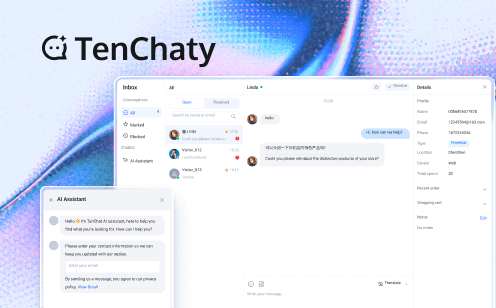In today's digital age, streaming video content has become an integral part of our daily lives. Whether it's binge-watching a new series, catching up on the latest news, or enjoying a live sports event, we rely heavily on seamless video playback. However, one common frustration that many users encounter is video buffering.
Video Buffering can significantly impact user experience, leading to frustration and dissatisfaction. In a world where instant gratification is the norm, waiting for a video to load can feel like an eternity. This article will explore the technical aspects of video buffering, its common causes, and practical solutions to minimize or eliminate buffering altogether.

What is Video Buffering?
Video buffering is a critical process in digital media that ensures seamless video streaming by preloading content before playback. When you click play on a video, your device begins downloading data from the internet, storing it temporarily in a reserved memory area called a buffer.
The primary purpose of buffering is to prevent interruptions during video playback. If data is not downloaded quickly enough, the video pauses momentarily to allow more data to load, creating the familiar "buffering" experience. This technique helps maintain a smooth viewing experience by compensating for potential fluctuations in internet connection speed.
How Video Buffering Works?
The step-by-step process of video buffering is as follows:
- Request Video: When you select a video to watch, your device sends a request to the streaming server.
- Data Transmission: Streaming services transmit video data in small packets over the internet in real-time.
- Buffer Storage: These packets are quickly stored in a memory buffer before being decoded and played back.
- Continuous Playback: By maintaining a small reserve of data ahead of what is currently playing, buffering allows the video to continue smoothly even if there are brief interruptions in data transfer.
The effectiveness of buffering depends on several factors, including internet connection speed, server performance, and the device's processing capabilities. A stable and fast internet connection typically results in minimal buffering and a more enjoyable streaming experience.
What are the Common Causes of Video Buffering?
Buffering can occur for various reasons, ranging from internet connection issues to device limitations. Understanding these causes is crucial for anyone who frequently streams video content.
1. Internet Connection Issues
Internet connection issues are among the primary culprits behind video buffering, as they directly affect the speed and stability of data transmission. When your internet connection is not optimal, it can lead to frustrating interruptions during streaming. Here are three key factors that contribute to internet connection issues:
- Slow Internet Speed: One of the most common causes of video buffering is a slow internet connection. Streaming services often require a minimum speed to deliver content smoothly. If your internet speed is below this threshold, buffering is likely to occur.
- Bandwidth Limitations: Bandwidth refers to the maximum amount of data that can be transmitted over your internet connection at any given time. If multiple devices are using the same connection, the available bandwidth may be divided, leading to slower speeds and increased buffering.
- Network Congestion: Network congestion occurs when too many users are trying to access the internet simultaneously. This is especially common during peak hours when many people are streaming videos, leading to slower speeds and buffering.
2. Device-Related Problems
Device-related problems can significantly hinder your ability to stream videos smoothly. If your device is not equipped to handle the demands of modern streaming, you may experience frequent buffering. Here are three common device-related issues:
- Insufficient Device Processing Power: Streaming video requires a certain level of processing power. If your device is outdated or lacks sufficient resources, it may struggle to decode and play video content smoothly.
- Outdated Hardware: Older devices may not be equipped to handle modern streaming requirements. Upgrading to a newer device can significantly improve your streaming experience.
- Memory Constraints: If your device is running low on memory, it may struggle to buffer video content effectively. Closing unnecessary applications can help free up resources.
3. Streaming Service and Content Factors
The performance of the streaming service and the content being accessed can also play a significant role in buffering issues. Understanding these factors can help you make informed choices for a better streaming experience. Here are three important aspects to consider:
- Server Load: The performance of the streaming service itself can also impact buffering. If the server hosting the video is experiencing high traffic, it may take longer to deliver data to your device.
- Video Quality Settings: Higher video quality settings require more data to be transmitted. If your internet connection cannot support the selected quality, buffering will occur.
- Content Delivery Network (CDN) Performance: Many streaming services use CDNs to distribute content more efficiently. If the CDN is experiencing issues or is not optimized for your location, it can lead to buffering.
How to Stop or Minimize Video Buffering?
Minimizing video buffering is essential for a smooth streaming experience. By addressing various factors related to your internet connection, device performance, streaming settings, and advanced solutions, you can significantly reduce interruptions during playback. Here are some effective strategies:
1. Internet Connection Improvements
Improving your internet connection is one of the most effective ways to reduce buffering. A stable and fast connection is crucial for seamless streaming. Here are three key improvements you can make:
- Upgrade Internet Plan: If you frequently experience buffering, consider upgrading your internet plan to a higher speed. This can provide a more stable connection for streaming.
- Use Wired Connections: Using a wired Ethernet connection instead of Wi-Fi can significantly improve your internet speed and reduce buffering. Wired connections are generally more stable and less prone to interference.
- Close Background Applications: Closing applications that use bandwidth in the background can free up resources for streaming. This includes downloads, updates, and other streaming services.
2. Device Optimization
Optimizing your device can enhance its performance and reduce buffering during video playback. Ensuring that your device is running efficiently is key to a better streaming experience. Here are three optimization tips:
- Clear Browser Cache: Clearing your browser cache can improve performance by freeing up space and removing outdated data. This can help your device buffer video content more efficiently.
- Update Software and Drivers: Keeping your device's software and drivers up to date ensures that it can handle the latest streaming technologies. Regular updates can improve performance and reduce buffering.
- Close Unnecessary Programs: Closing programs that are not in use can free up processing power and memory, allowing your device to focus on streaming.
3. Streaming Service Settings
Adjusting the settings of your streaming service can also help minimize buffering. By optimizing how content is delivered, you can enhance your viewing experience. Here are three settings to consider:
- Lower Video Quality: If buffering persists, consider lowering the video quality. Most streaming services allow you to adjust the quality settings, which can reduce the amount of data required for playback.
- Use Adaptive Streaming: Many streaming services offer adaptive streaming, which automatically adjusts the video quality based on your internet speed. Enabling this feature can help minimize buffering.
- Choose Servers Closer to Location: Some streaming services allow you to select servers based on your location. Choosing a server closer to you can improve data transfer speeds and reduce buffering.
4. Advanced Solutions
For those who want to take additional steps to enhance their streaming experience, advanced solutions can provide further improvements. These options may require more technical knowledge but can yield significant benefits. Here are three advanced solutions:
- Using VPN: In some cases, using a Virtual Private Network (VPN) can help improve streaming performance by bypassing throttling from your internet service provider. However, this can also slow down your connection, so it's essential to choose a reliable VPN service.
- Changing DNS Settings: Changing your DNS settings to a faster DNS provider can improve loading times and reduce buffering. Popular options include Google Public DNS (8.8.8.8) and Cloudflare DNS (1.1.1.1).
- Investing in Better Networking Equipment: Upgrading your router or modem can significantly improve your internet connection. Look for devices that support the latest Wi-Fi standards for optimal performance.
Conclusion
In conclusion, video buffering is a frustrating yet common issue that can significantly disrupt your streaming experience. By understanding the technical aspects of buffering and its underlying causes, you can better equip yourself with practical solutions to enhance your playback quality. Recognizing the importance of a stable internet connection, device performance, and appropriate streaming settings allows you to take informed actions that lead to a more enjoyable viewing experience.
Taking proactive steps to minimize buffering is essential for anyone who frequently streams video content. Upgrading your internet plan, optimizing your device, and adjusting your streaming settings are all effective strategies that can help you combat interruptions. By implementing these solutions, you not only improve your streaming experience but also maximize the enjoyment of your favorite shows and movies. Embrace these approaches, and you’ll find yourself immersed in a seamless world of online entertainment, free from the frustrations of buffering.

TRTC (Tencent Real-Time Communication) employs several advanced technologies and strategies to effectively address video buffering issues, ensuring a smooth streaming experience for users. One of the key solutions is adaptive bitrate streaming, which automatically adjusts the video quality based on the user's internet connection and device capabilities. This means that if the network conditions fluctuate, TRTC can seamlessly lower the video quality to prevent buffering, and then restore it to higher quality when the connection stabilizes.
Additionally, TRTC utilizes a distributed network architecture that minimizes latency and optimizes data transmission paths. By strategically placing servers closer to users, TRTC reduces the distance data must travel, which helps to decrease buffering times. Furthermore, TRTC incorporates intelligent congestion control algorithms that monitor network traffic in real-time, allowing the system to dynamically allocate bandwidth and prioritize video streams. Together, these technologies ensure that users experience minimal interruptions and enjoy high-quality video playback, even in challenging network conditions.
Please feel free to Contact us or join us on Telegram or Discord.


